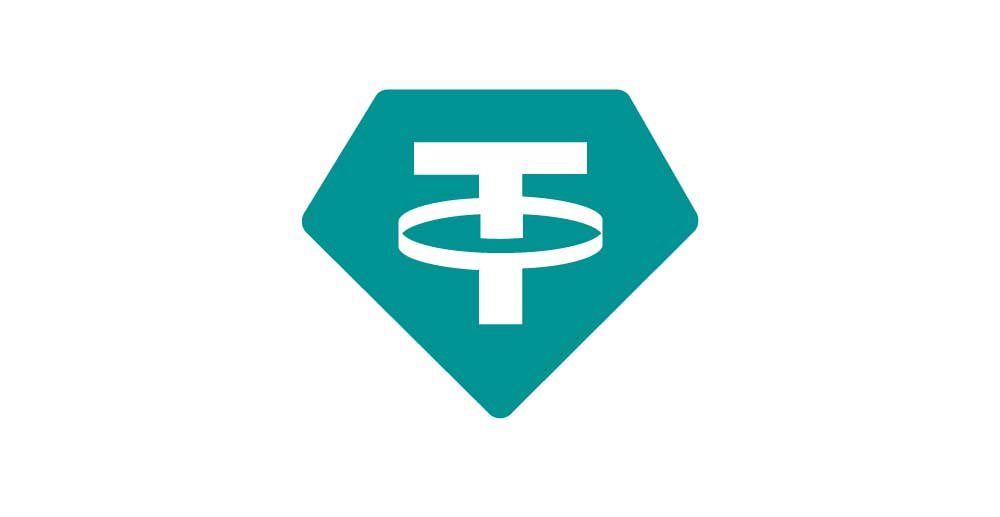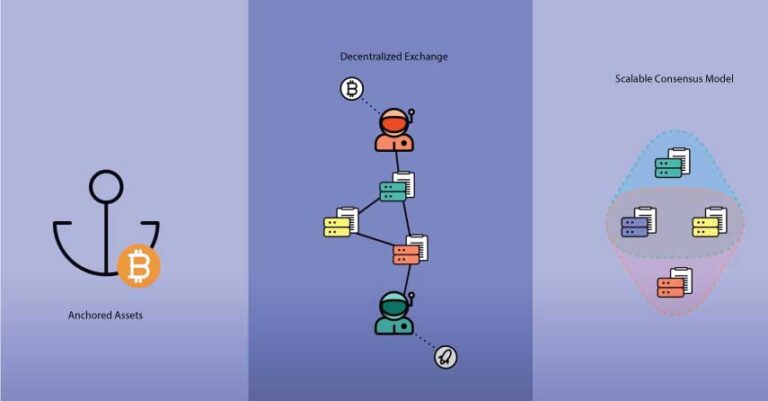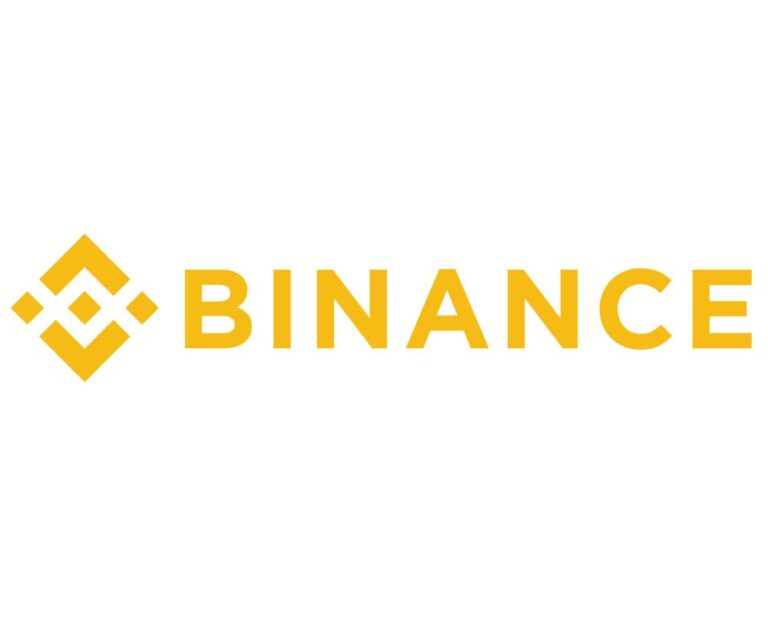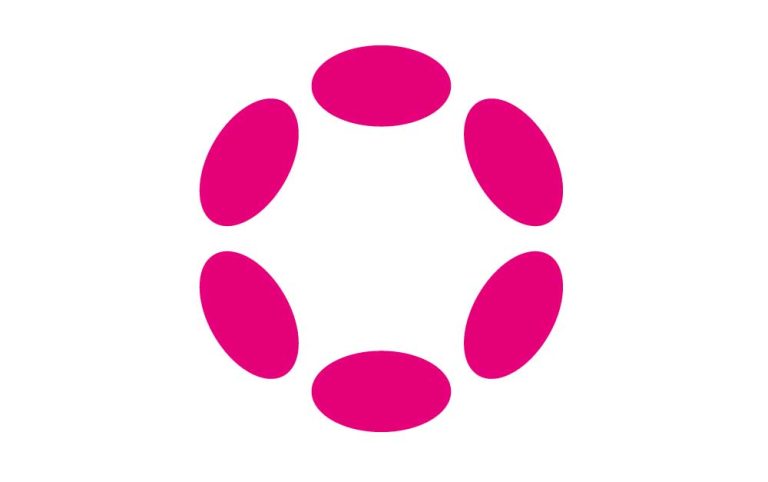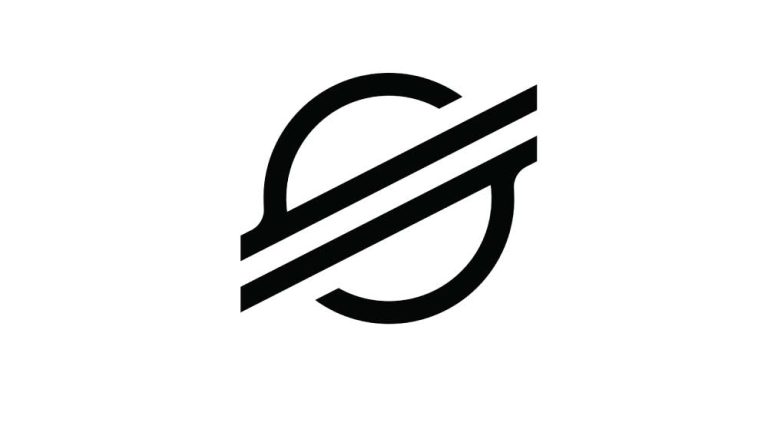Tether (USDT) Cryptocurrency
| # | Name | Price | Changes 24h | Market CAP | Volume | Supply |
|---|
Launch Date
October 6, 2014 (as RealCoin)
Official Website
Creator
Consensus Mechanism
Omni Layer within Bitcoin blockchain
Cryptocurrencies have experienced rapid growth in recent years, with digital assets like Bitcoin and Ethereum leading the charge. However, these assets are often subject to significant price volatility. Tether (USDT) offers a solution to this issue as a stablecoin, a type of cryptocurrency designed to maintain a stable value. This article explores Tether (USDT), its underlying technology, benefits and drawbacks, and potential use cases.
Tether is the world’s first stablecoin. It’s purpose is to allow investors to have liquidity within the crypto industry. Investors can trade fiat dollars for Tether and change Tether back into fiat dollars easily, without seeing volatility in the fiat value of their crypto investment.
Tether (abbreviated USDT) is one of the most popular cryptocurrencies in the world and the most widely used stablecoin. Tether was created to attach (or tether) the US dollar to the blockchain.
Tether Provides Liquidity
The main purpose of Tether (as with other stablecoins) is to provide liquidity to crypto investors. Because Tether is pegged to the fiat US dollar currency, owning Tether essentially means owning USD, since Tether can be redeemed for dollars.
Tether is expected to keep as collateral 1 USD for each tether that it issues. However, there have been many issues with Tether not keeping that commitment over the life of its existence. Users of Tether must have some trust that the organization behind the crypto (ultimately Bitfinix) has integrity with respect to their commitment to keep collateral available so that Tether can be redeemed.
Tether Pegged to USD
Tether uses the principles of supply and demand to keep its price at $1 USD for each Tether token. When demand goes up for Tether tokens, more tokens are made available on the network. When demand goes down, tokens are removed from the network.
Tether Blockchains
Tether is a unique crypto in that it exists on several different blockchains. Tether is currently available on the following blockchains:
- Bitcoin (Omni)
- Ethereum
- Eos
- Tron
- Algorand
- Solana
- OMG Network
- Bitcoin Cash (SLP)
History of Tether
Tether was launched in 2014 by Brock Pierce, Reeve Collins, and Craig Sellars under the company Tether Limited. Originally known as “Realcoin,” the project was rebranded as Tether in November 2014. Tether was created as an alternative to traditional cryptocurrencies, offering price stability by pegging its value to a reserve of fiat currencies, primarily the US Dollar. Since its inception, Tether has grown to become one of the most widely used stablecoins in the cryptocurrency market.
USDT Technical Implementation
Tether (USDT) is an ERC-20 token based on the Ethereum blockchain, although it has also been issued on other blockchains like Omni Layer, TRON, and Binance Smart Chain. Tether is designed to maintain a 1:1 peg with the US Dollar, meaning that for every USDT token in circulation, there should be an equivalent amount of USD held in reserve by Tether Limited.
USDT offers the benefits of blockchain technology, such as transparency, security, and decentralization, while maintaining price stability. Users can transact with USDT across various blockchain networks, and its widespread adoption has led to extensive support from numerous cryptocurrency exchanges and wallets.
Tether Tech Stack
Tether (USDT) is built on multiple blockchain platforms, including Ethereum, Omni Layer, TRON, and Binance Smart Chain. Each of these blockchains has its own tech stack that supports Tether’s implementation.
- Ethereum: As an ERC-20 token on the Ethereum platform, Tether benefits from Ethereum’s robust tech stack, which includes the Ethereum Virtual Machine (EVM) and the Solidity programming language for creating smart contracts. Ethereum’s infrastructure provides a strong foundation for Tether’s stability and interoperability.
- Omni Layer: The Omni Layer is a protocol built on top of the Bitcoin blockchain. It allows the creation of custom tokens and smart contracts. Tether was initially launched on the Omni Layer, and the tech stack involves Bitcoin’s underlying infrastructure combined with the Omni Layer protocol, which is primarily written in C++.
- TRON: Tether is also available on the TRON network as a TRC-20 token. TRON’s tech stack includes the Java programming language for the core blockchain infrastructure and Solidity for creating smart contracts. Tether’s implementation on TRON provides users with fast and low-cost transactions.
- Binance Smart Chain: Tether is issued on the Binance Smart Chain (BSC) as a BEP-20 token. BSC’s tech stack is built using a modified version of the Cosmos SDK, which is an open-source framework for creating blockchain applications in the Go programming language. BSC is compatible with the Ethereum Virtual Machine (EVM), allowing developers to use Solidity for smart contract development.
In summary, Tether’s tech stack varies depending on the underlying blockchain platform, and it includes Ethereum’s infrastructure and programming languages, Bitcoin’s infrastructure combined with the Omni Layer protocol, TRON’s infrastructure and programming languages, and Binance Smart Chain’s infrastructure and programming languages.
USDT Pros and Cons
PROs
- Price Stability: As a stablecoin, Tether provides a stable store of value compared to volatile cryptocurrencies, enabling users to hedge against market fluctuations.
- Liquidity: USDT is widely accepted across various cryptocurrency exchanges, facilitating seamless trading and asset conversion.
- Cross-Chain Compatibility: Tether is available on multiple blockchains, making it accessible to a broad range of users and platforms.
CONs
- Centralization: Tether’s value relies on the backing of USD reserves held by Tether Limited, creating a centralized point of control and potential vulnerability.
- Regulatory Concerns: Tether has faced regulatory scrutiny and legal challenges, raising concerns about its transparency and reserve management practices.
- Competition: The growing stablecoin market has introduced competitors, such as USD Coin (USDC) and Binance USD (BUSD), which may impact Tether’s dominance.
Outlook for Tether (USDT)
Tether currently maintains its position as one of the leading stablecoins in the cryptocurrency market. Its future success largely depends on its ability to maintain the 1:1 peg with the US Dollar, user trust, and continued adoption by cryptocurrency exchanges and platforms. Factors that may impact Tether’s growth include regulatory changes, increased competition from other stablecoins, and the overall stability of the cryptocurrency market.
Where to Buy and Sell Tether (USDT)
Tether can be bought and sold on numerous popular cryptocurrency exchanges, such as Binance, Coinbase Pro, Kraken, and Bitfinex, among others. To ensure a safe and cost-effective trading experience, it’s essential to compare fees, features, and security measures of different exchanges. Secure transactions can be achieved by using two-factor authentication, reputable exchanges, and proper storage methods for USDT tokens.
Resource for Learning About Tether
To learn more about Tether, consider visiting Tether’s official website and reviewing their white paper. Understanding terms like stablecoin, fiat-collateralized, and blockchain interoperability can help deepen your knowledge of Tether and its underlying technology. Stay updated on the latest news and developments by following reputable news sources, social media, and attending industry events.
Conclusion
Tether (USDT) serves as a prominent stablecoin in the cryptocurrency ecosystem, offering price stability and liquidity for users who wish to hedge against market volatility or engage in seamless trading across platforms. Despite concerns regarding centralization and potential regulatory challenges, USDT continues to maintain its dominant position in the stablecoin market. Users interested in Tether should further research its technology, use cases, and potential risks, while staying informed on the latest news and developments to make well-informed decisions.

